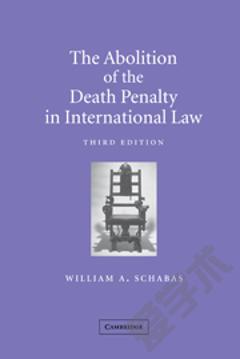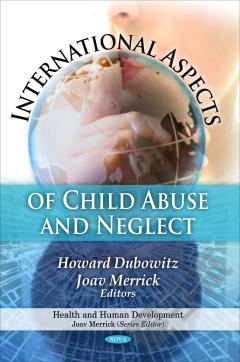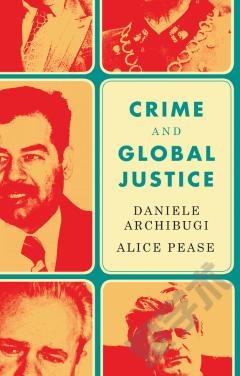The Globalization of Childhood —— The International Diffusion of Norms and Law against the Child Death Penalty
----- 童年的全球化:对孩子死刑的国际法律规范和扩散
International law on children�s rights, in important ways, usurps state authority over the ideology of childhood, establishing complicated and exacting standards that all states should adopt. The international community�s enshrinement of children as rights-holders and consolidation of power over the boundaries and standards of childhood mirrors international consolidation of authority over human rights in general after World War II, as the international community increasingly became the arbiter of acceptable treatment of citizens by states. In this paper, I argue that a globalized model of childhood that emerged after World War II was important to the development of the international system, serving to consolidate power and legitimize international institutions and order. I further examine the growth of this globalized model of childhood, one codified today in international law and developed primarily in Europe and the United States in the late 19th and early 20th centuries and diffused from these points of origin throughout the world. The paper uses the development of domestic and international law forbidding the death penalty for child offenders as a point of entry into the study of childhood, children�s rights and the international system. It investigates the mechanisms of diffusion for the norm against the child death penalty and identifies three principal mechanisms of norm diffusion based on the findings of case studies and their types of law; colonial influence; temporal period of abolition; and participation in international legal regimes and institutions.
{{comment.content}}








 京公网安备 11010802027623号
京公网安备 11010802027623号